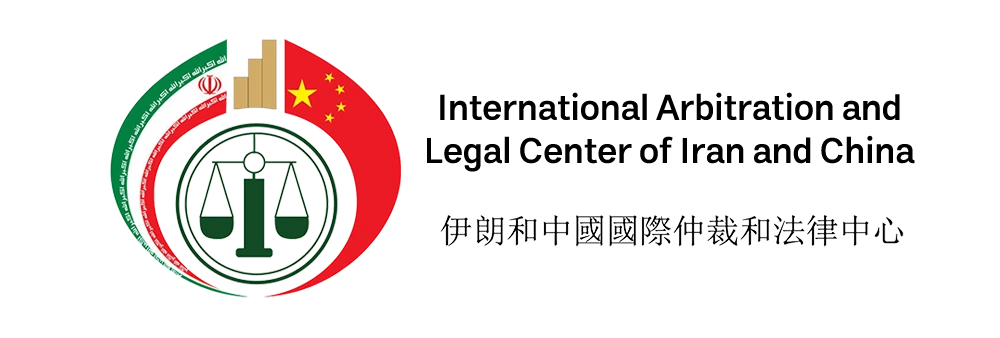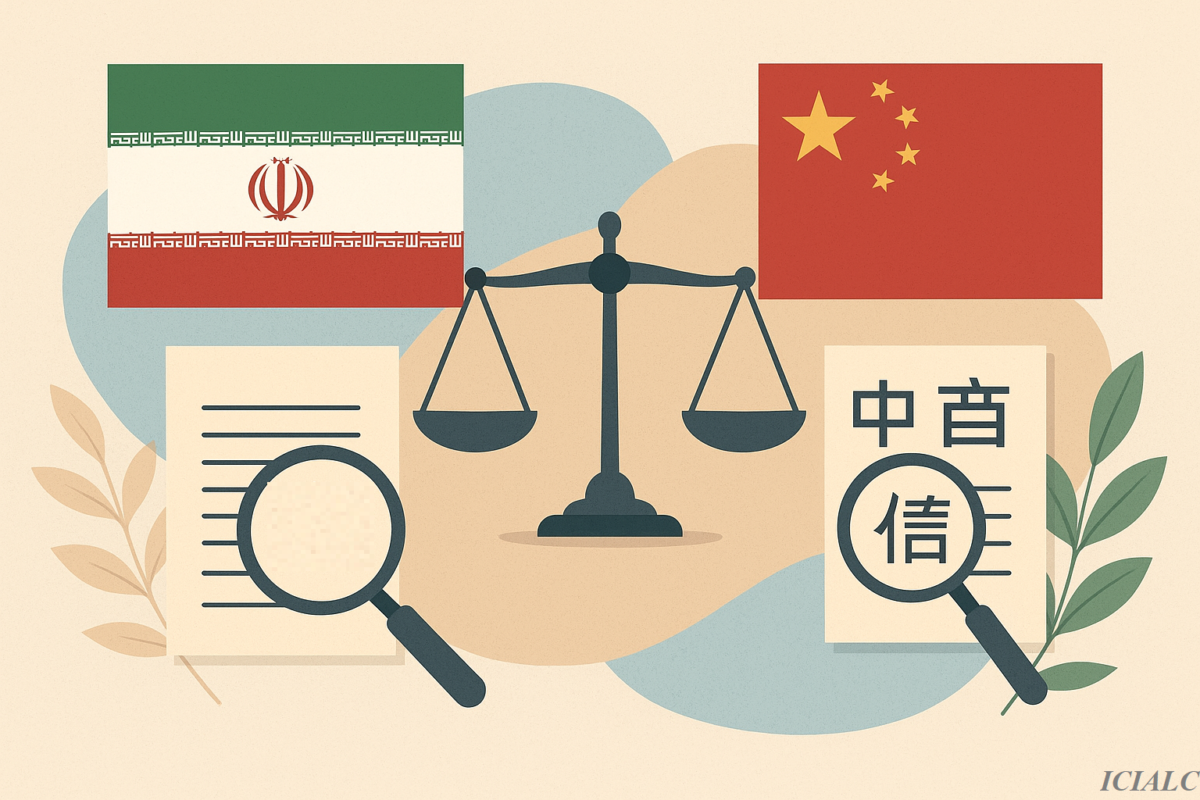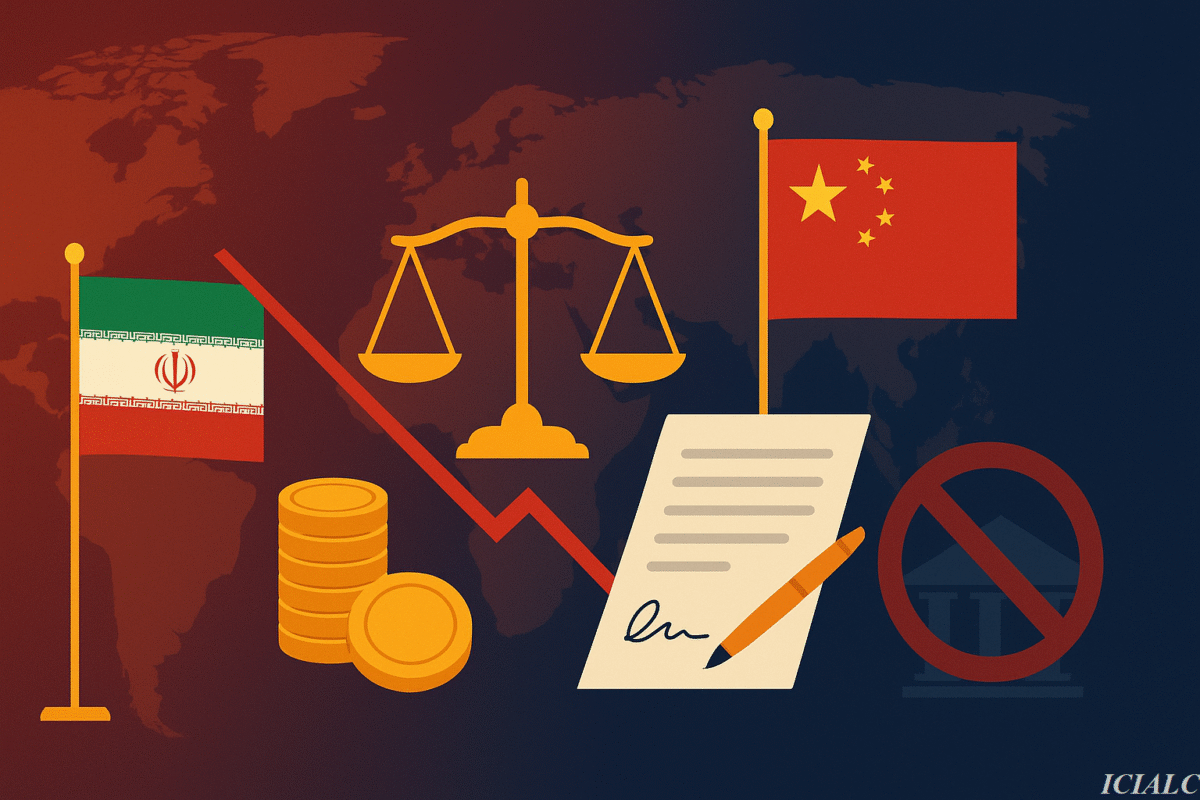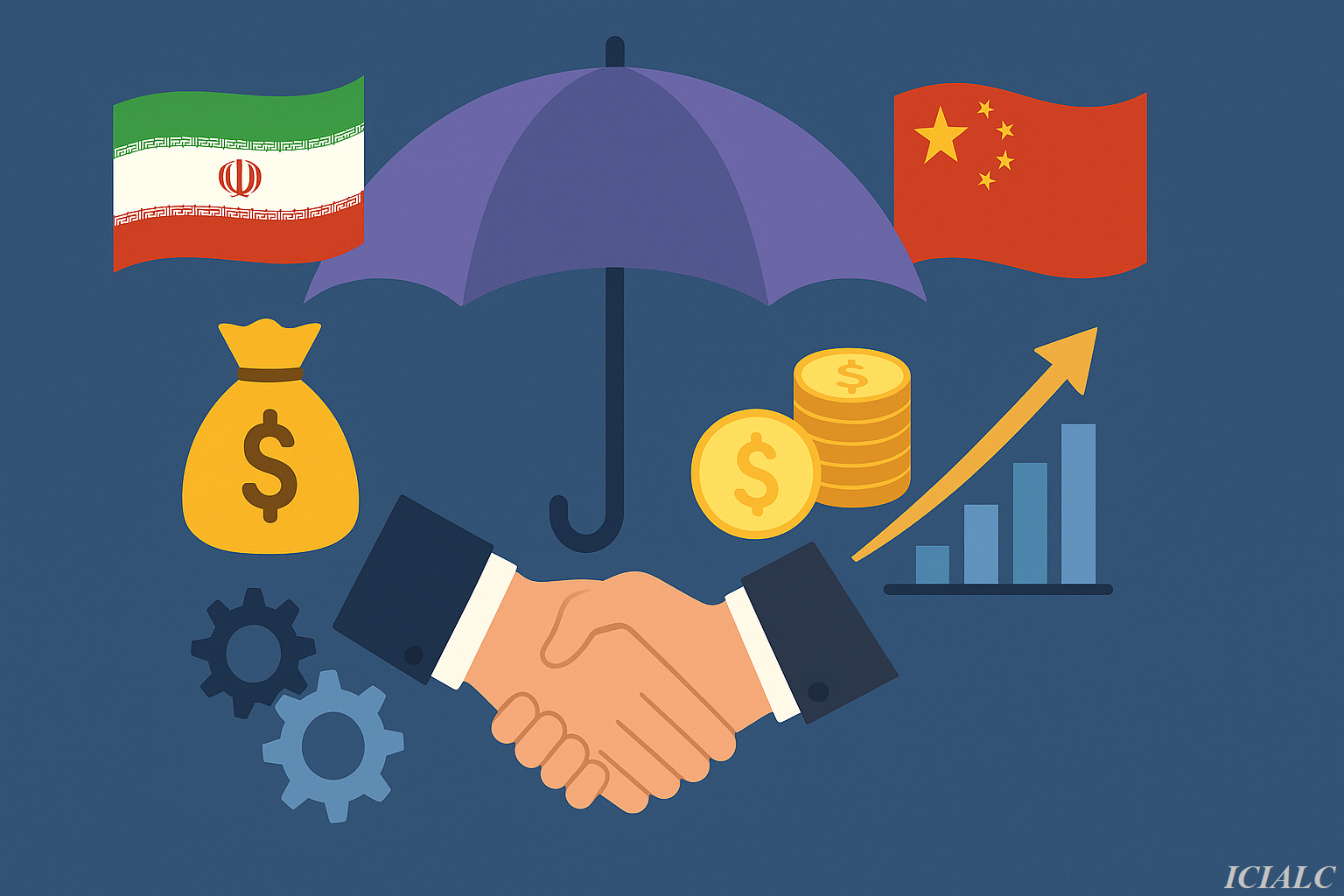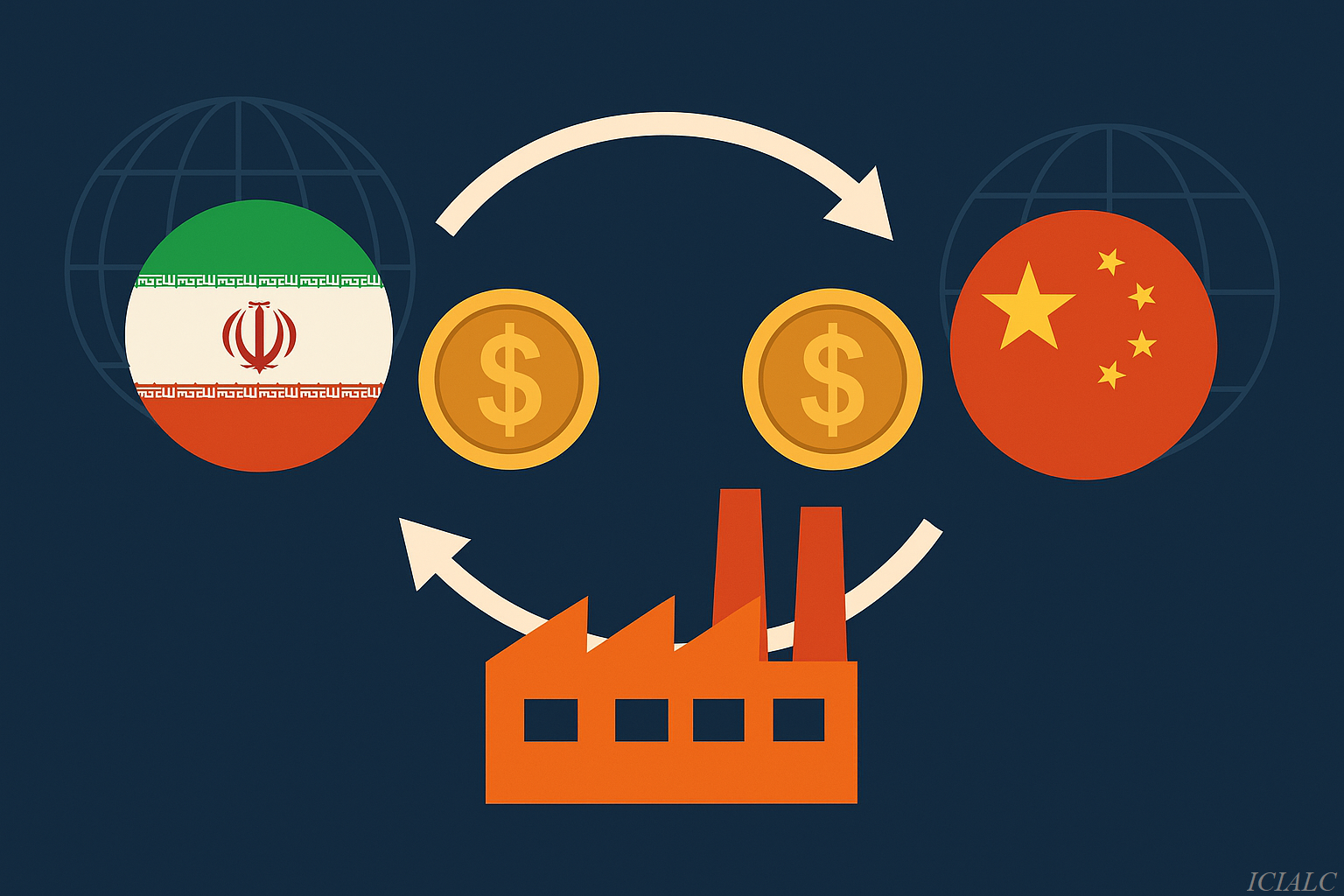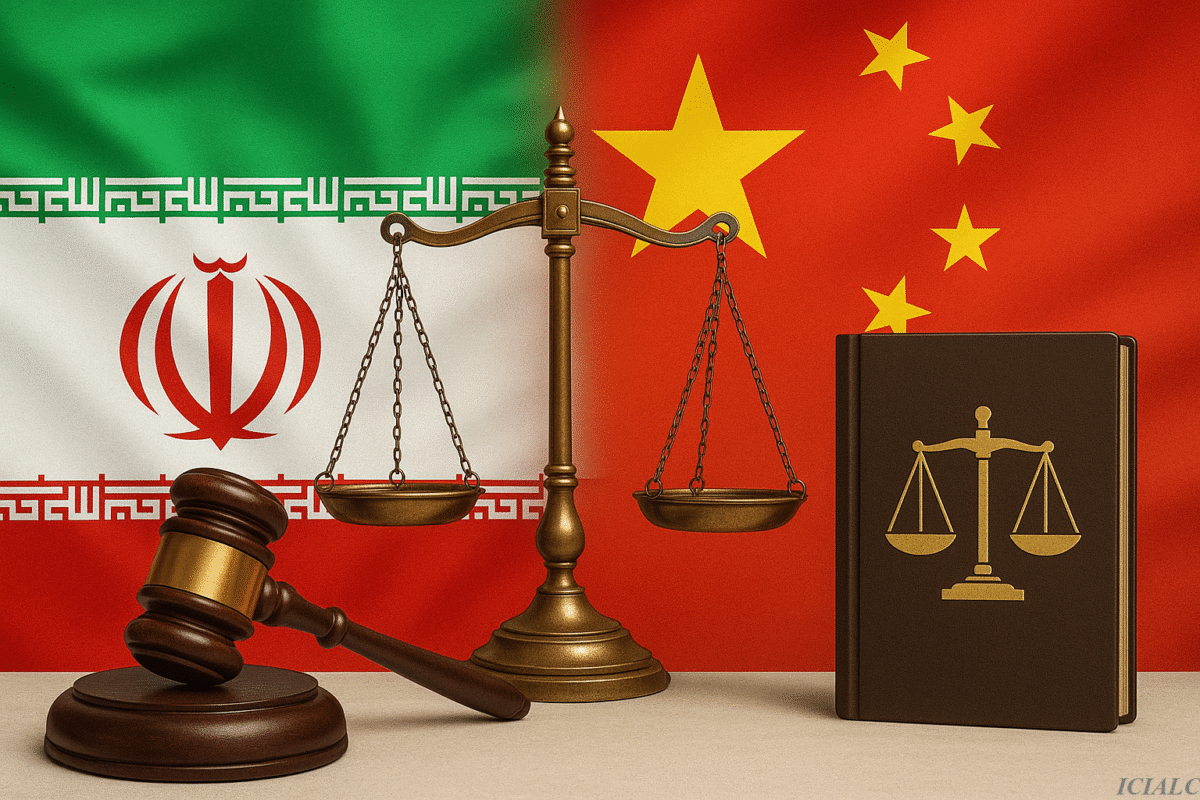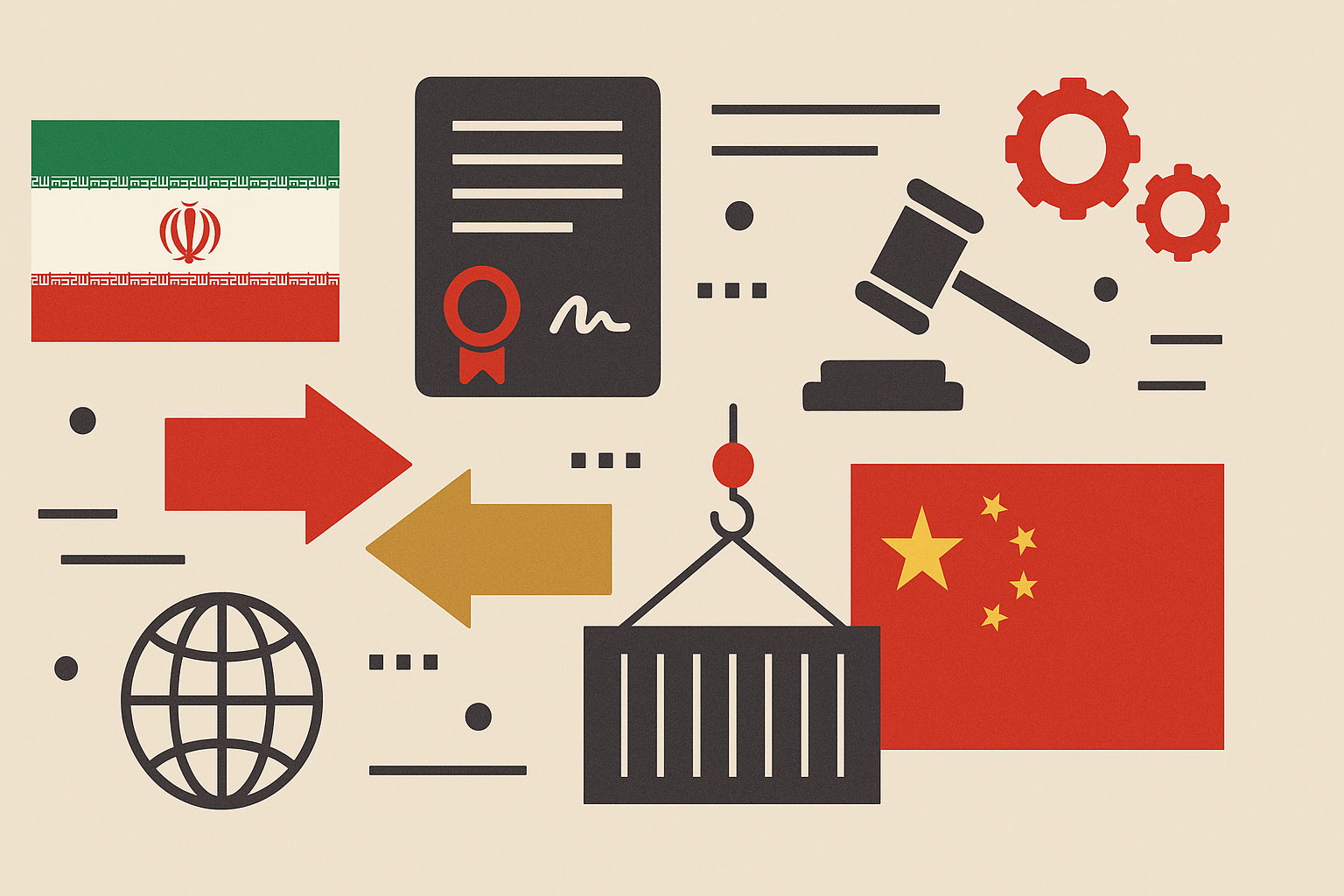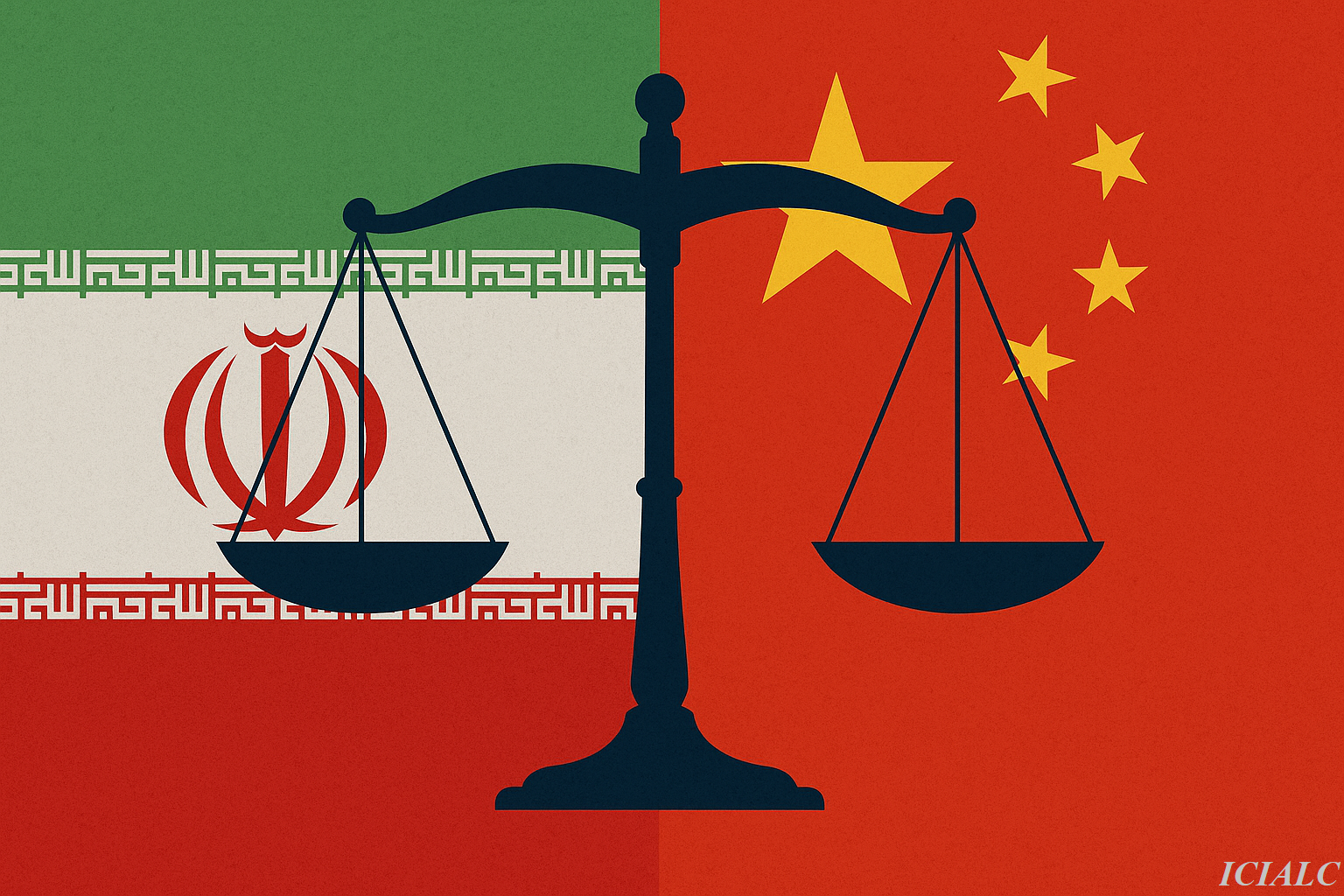In recent years, the activities of Iranian companies in China have grown significantly. China is not only the world’s second-largest economy but also one of Iran’s most important trading partners. Participation in this market can create extensive opportunities for Iranian companies in the fields of export, import, joint ventures, and technology transfer.
However, entry into the Chinese market is not limited to having capital, quality products, or suitable business relations. Any company intending to operate in China must be familiar with the country’s complex and multi-layered tax system. Due to its geographic breadth and administrative structure, China has diverse tax regulations at both national and local levels, and failing to comply with them can have serious consequences.
Failure to observe tax regulations and financial obligations may expose foreign companies, including Iranian entities, to challenges such as heavy fines, restrictions on continuing operations, frozen bank accounts, or even legal problems. Conversely, accurate knowledge of tax laws and sound planning can help companies benefit from tax incentives, optimize costs, and establish a more sustainable presence in the Chinese market.
This article is prepared with the aim of providing a comprehensive guide for Iranian companies in China and examines the most important issues concerning the types of taxes, financial obligations, international agreements, and practical strategies for reducing tax risks.
operationally practical picture. For specific decisions and for developing a company’s tax strategy in China, it is essential that the company’s financial documents and business plan be examined closely and that qualified local professional advice be obtained.
Taxation in China for Foreign Companies

China’s tax system has a multi-layered, dynamic, and highly stringent structure. Accordingly, foreign companies, including Iranian enterprises operating in the Chinese market, must take tax implications into account from the very commencement of their strategic planning.
A key distinction exists between entities considered “tax residents” in China (generally subject to taxation on worldwide income) and entities that are not resident but derive income from sources within China. This distinction determines the treatment of income and the application of levies such as withholding tax.
Timely registration with local tax authorities, issuance and retention of official tax invoices (Fapiao), and proper settlement and filing of tax returns in accordance with the company’s tax file are critical to avoiding administrative and financial sanctions.
Corporate Income Tax (CIT) is one of the central pillars of taxation for any registered company in China. The statutory rate applicable to most companies is 25% on taxable profits, which are calculated by adjusting accounting profits according to tax rules (disallowance of non-deductible items, depreciation adjustments, etc.).
The Chinese government, in line with its policy to promote technological advancement and key sectors, provides a series of incentives. Of these, the principal one relates to the designation of High and New Technology Enterprises (HNTE). Companies that satisfy criteria relating to scientific and technological innovation, human resources, and demonstrable technological content may qualify for a preferential tax rate of 15%.
Beyond HNTE status, regional and time-bound exemptions or concessions (e.g., for technology parks, free trade zones, or encouraged projects) are available, subject to strict operational and documentary compliance.
In practice, the annual CIT filing in China is accompanied by a “final settlement.” Companies are required to make advance or periodic payments (monthly or quarterly, depending on company size), and at year-end they reconcile and either pay the balance due or request a refund. Tax losses may be carried forward, usually for five years, though certain technology companies and enterprises benefiting from preferential policies may extend this period to ten years. Accordingly, cash flow planning and meticulous recording of income and expenses are vital to prudent management of CIT obligations.
Value-Added Tax (VAT):in China is levied on sales of goods, provision of services, and some imports. Taxpayers are divided into two categories: general VAT taxpayers and small-scale taxpayers.
For general taxpayers, current VAT rates typically include 13% for basic goods (such as certain agricultural products and raw materials, previously taxed at higher rates), 9% for particular industries such as transportation and selected services, and 6% for most value-added services. In addition, a zero rate applies to exports and certain exempt transactions, allowing exporters to benefit from VAT refunds.
For small-scale taxpayers, a simplified system is applied, usually at a reduced rate (periodically adjusted; for example, lowered from 3% to 1% during the years 2023–2027). However, these taxpayers generally cannot claim input VAT credits and have limited ability to issue special VAT Fapiao, which are necessary for buyers to deduct input VAT.
In practice, many foreign businesses register as general VAT taxpayers in order to claim input VAT on purchases and to facilitate transactions with Chinese partners. Lack of special VAT Fapiao from suppliers can significantly increase costs and complicate compliance.
It is worth noting that China has recently centralized VAT legislation and enacted substantial reforms regarding exemptions and structure, culminating in the adoption of a new VAT law. Gradual changes in export VAT refunds and exemptions may soon become critical, and companies must remain updated, as refund rates differ considerably depending on the commodity or HS code involved.
The Role of Fapiao; A defining element of China’s VAT system is the Fapiao, which serves as the official tax invoice and the only legal proof of payment and entitlement to input VAT deduction. There are two types of Fapiao: ordinary and special. Only special Fapiao issued by general taxpayers can be used for input VAT credits.
Thus, a company’s tax classification (general or small-scale), its ability to issue invoices, and its management of domestic supply chains directly affect the recoverability of VAT and overall liquidity. The government occasionally introduces temporary relief policies for small-scale taxpayers, which must be reviewed annually through Ministry of Finance and local tax authority notices.
For cross-border payments and income sourced from China (dividends, interest, royalties, and other passive income), a withholding tax regime generally applies. Standard withholding tax rates for non-resident enterprises on China-sourced passive income commonly stand at 10%, although statutory provisions historically prescribed rates up to 20%. In practice, many cases apply the 10% rate or benefit from reductions available under Double Tax Agreements (DTA).
For example, where a tax treaty exists between China and another country (such as Iran), withholding tax at source may be reduced or eliminated. However, availing of treaty benefits requires submission of tax residence certificates, compliance with anti-abuse rules, and administrative processes. Furthermore, if a foreign company is deemed to have a permanent establishment (PE) in China, income attributable to that PE is taxed as ordinary CIT, rather than being subject merely to WHT.
Accordingly, when planning dividend repatriation, royalty payments, or transfers, companies must carefully review both Chinese domestic law and applicable bilateral treaties to avoid penalties and audits.
Individual Income Tax is also critical for companies because employers are responsible for calculating, withholding, and remitting monthly tax on their employees’ salaries to the tax authorities.
Tax rates for “comprehensive income” (including wages, salaries, and certain other taxable income categories) are progressive, ranging from approximately 3% to 45%.
Calculation of IIT depends on factors such as permissible deductions, personal allowances, and the residency status of employees, which is determined by length of stay and contract type. This can significantly impact a company’s employment costs.
Accordingly, foreign companies employing local or international staff must maintain payroll systems capable of producing accurate monthly declarations and social insurance filings. Otherwise, in addition to back taxes, the company may incur late penalties and fines.
In addition to tax rates, another critical element for companies to observe is timing and procedure.
For CIT, the standard practice is to pay estimated taxes monthly or quarterly, followed by an annual reconciliation return typically due by the end of the fifth month following the close of the fiscal year. Settlement may result in additional tax liabilities, refunds, or adjustments.
VAT and IIT also require monthly or quarterly filings. Procedures for registration, issuance of electronic invoices, and filing may differ from city to city. Furthermore, companies incorporated in China must prepare financial statements in accordance with Chinese Accounting Standards. In many instances, audited reports by a recognized local audit firm are mandatory. These form the basis for the annual tax reconciliation.
It should be noted that tax audits in China may be conducted selectively, either locally or nationally. Failure to maintain and produce full documentation including invoices, expense records, and contracts may result in fines and interest for late payment. Thus, implementation of strict internal systems for document management is a prerequisite to compliance.
From a practical and managerial standpoint, it is advisable for Iranian companies entering the Chinese market to engage a local tax consultant and an accountant or auditor experienced with Fapiao requirements and local laws. This ensures that decisions regarding tax status (e.g., classification as a general VAT taxpayer, choice of legal entity structure, application for HNTE status, and approach to profit repatriation) are made after cost-benefit analysis and in full compliance with applicable laws.
Moreover, Iranian enterprises should routinely monitor official announcements and regulatory changes by the Chinese government, as short-term modifications such as temporary VAT relief for small taxpayers, reforms to the VAT framework, or amendments to export refund policies may significantly affect financial planning.
Finally, it must be emphasized that this overview has been designed to provide a general and operationally practical picture. For specific decisions and for developing a company’s tax strategy in China, it is essential that the company’s financial documents and business plan be examined closely and that qualified local professional advice be obtained.
Financial Obligations of Iranian Companies in China

Operating in China is not limited solely to company registration and tax payment. Foreign enterprises, including Iranian companies, are required to comply with a range of additional financial and administrative obligations. These obligations extend beyond taxation and include continuous registration and reporting, annual audits, and contributions to social insurance systems. Neglecting these requirements may result in heavy fines, banking restrictions, or even suspension of company operations.
Registration and Financial Reporting
All foreign-invested companies, once commencing operations in China, must register with both national and local tax authorities. Following registration, companies are obligated to submit their tax reports on a monthly, quarterly, and annual basis. Such reports include revenue, expenses, profits, and taxes paid.
Failure to submit reports in a timely manner, or providing inaccurate information, constitutes a violation of tax laws and may lead to penalties or the loss of entitlement to certain fiscal incentives.
Auditing and Submission of Financial Statements
One of the principal requirements for foreign corporations in China is the submission of an annual audit report. Such reports must be prepared by accredited accounting and auditing firms in China.
Additionally, financial statements must be prepared in compliance with Chinese Accounting Standards. This requirement is of great significance because any inconsistency between financial statements and tax declarations may lead to additional scrutiny by the tax authorities, potentially resulting in additional costs and penalties.
Social Insurance Obligations and Related Costs
Companies operating in China are legally required to pay the employer’s share of social security contributions for all employees both local and foreign. The social insurance system covers:
Pension insurance
Medical insurance
Unemployment insurance
Work-related injury insurance
Maternity insurance
The employer’s contribution rate varies depending on the city in which the company operates, but typically constitutes a considerable percentage of employee payroll, representing a significant component of ongoing operating costs.
Failure to fulfill these obligations may not only give rise to legal issues but can also result in employee dissatisfaction and even labor disputes or lawsuits.
International Treaties and Their Effect on the Taxation of Iranians in China
One of the most important tax considerations for Iranian companies operating in China concerns international tax treaties, particularly the Double Tax Avoidance Agreement (DTAA) negotiated between Iran and China in recent years. The principal aim of this agreement is to prevent the simultaneous taxation of the same income in both jurisdictions.
Without such a treaty, an Iranian company could be required to pay tax on the same income in both China and Iran, significantly increasing operational costs and reducing the attractiveness of investment.
Existence of the DTAA enables companies to either credit taxes paid in one country against tax due in the other or benefit from reduced withholding tax rates. Beyond lowering costs, the treaty enhances financial transparency, improves cash flow planning, and helps to prevent potential legal complications.
In practice, benefiting from the DTAA requires the submission of proper documentation, including certificates of tax residence, and strict compliance with conditions set by both Iranian and Chinese tax authorities. Despite these formalities, the advantages for Iranian companies are substantial and can considerably strengthen incentives for investment in China.
Tax Challenges and Risks for Iranian Companies in China

Iranian companies operating in China face a variety of tax-related challenges and risks, awareness of which is essential for prudent planning and avoiding legal and financial difficulties.
Regulatory Complexity: China’s tax system is dynamic and constantly evolving. New regulations, circulars, and amendments are frequently introduced at short notice. Companies must therefore maintain up-to-date knowledge to avoid inadvertent non-compliance.
Penalties and Enforcement: Late company registration, incorrect or delayed filing of tax returns, and failure to meet deadlines can result in heavy fines, restrictions on operations, or even special investigations by tax authorities.
Currency Controls and Profit Repatriation: Issues related to currency exchange and the transfer of profits represent a critical concern for Iranian businesses. Converting renminbi (RMB) into other currencies and remitting profits back to Iran may be subject to restrictions, and non-compliance with the regulations could expose companies to penalties or frozen funds.
Cultural and Procedural Risks: Lack of familiarity with China’s tax culture can also give rise to risks. Tax inspections may occur suddenly, and authorities place significant emphasis on proper documentation and accurate financial statements. Inadequate records or failures to adhere to local procedures can create both practical and legal problems for foreign entities.
Collectively, these challenges underscore the need for careful strategy, consultation with professional advisers, and the establishment of strong internal financial and accounting systems, so that Iranian companies can operate sustainably and with reduced risk in the Chinese market.
Practical Recommendations and Solutions
To mitigate risks and properly manage tax obligations in China, Iranian companies should adopt practical strategies and precise planning:
1. Engage Local Tax Advisors: Cooperation with local tax consultants is a top priority. Their expertise and knowledge enhance compliance with complex regulations, ensure accurate preparation of returns, and help avoid costly errors.
2. Draft Tax-Conscious Commercial Contracts: Contracts should be structured with tax consequences considered from the outset. This allows for clear forecasts of income flows, expenses, and tax obligations, minimizing the risk of disputes or unexpected costs.
3. Utilize Tax Incentives: Companies should actively pursue tax incentives available in China, especially in technology, innovation, and export sectors. Such provisions can reduce tax rates and grant temporary exemptions, significantly aiding cost management and profitability.
4. Establish Robust Internal Financial Systems: Companies should develop comprehensive structures for accounting, transaction recording, and regular tax reporting. This ensures compliance, financial transparency, and facilitates long-term strategic planning. Internal systems should include financial software, electronic document archiving, and orderly internal controls.
Conclusion
For Iranian companies, understanding and complying with China’s tax laws is an absolute necessity, not an option. The Chinese tax regime is complex, dynamic, and stringently enforced. Ignoring these requirements can result in severe fines, legal liabilities, and operational restrictions.
Adopting a proactive and informed approach combining the use of professional advisors, application of lawful incentives, carefully structured contracts, and strong financial systems greatly reduces risk and increases the prospects for success.
Ultimately, companies that operate in China with a strategic outlook and meticulous compliance with regulations are best positioned to secure stable market participation and ensure their own economic growth in this highly challenging environment.
